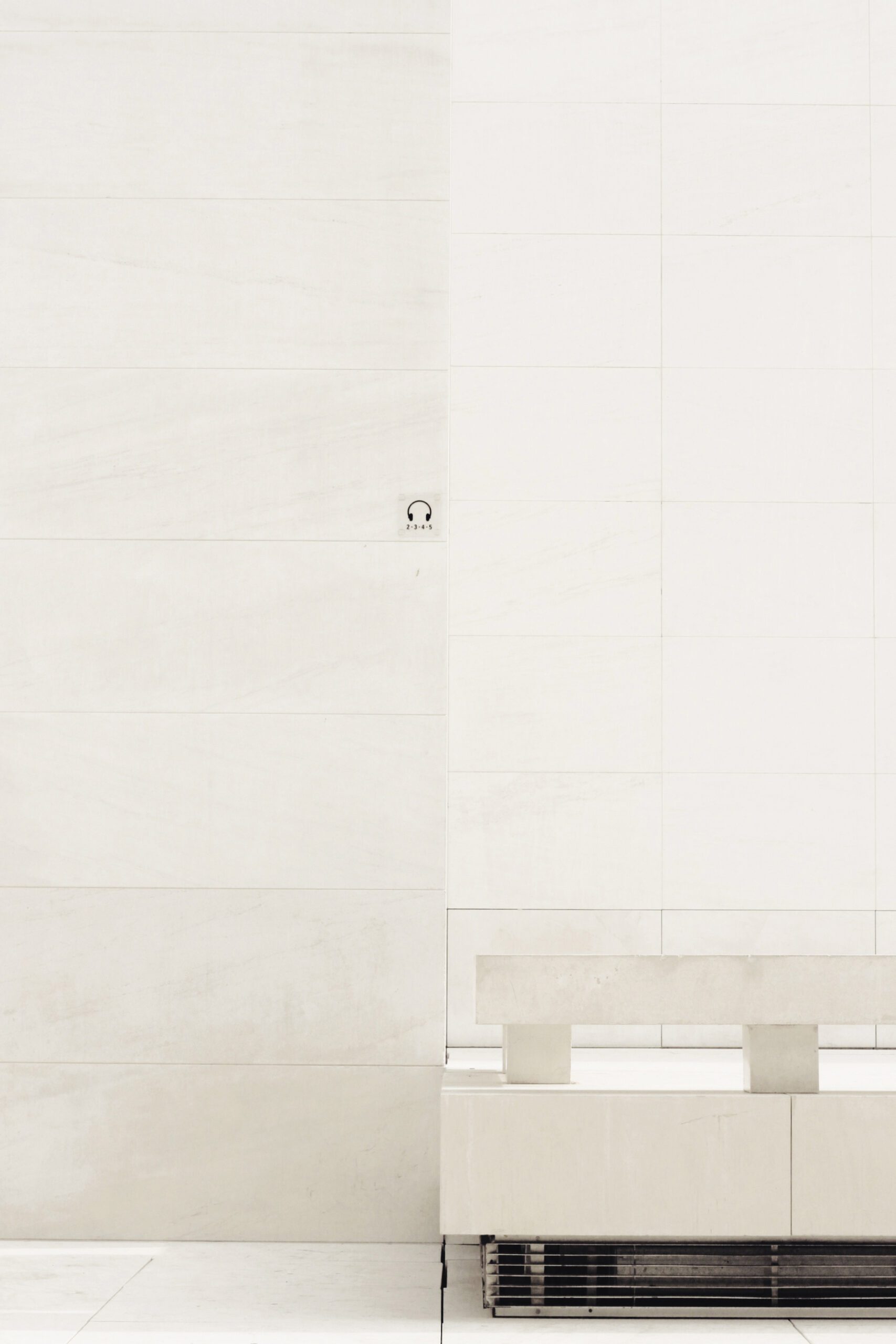My husband and I are in the process of building our dream home. Even as an interior designer, the number of decisions required to pull off a new build is daunting. What I’ve done to keep things manageable is to break it off into bite-sized chunks. Right now, I’m working on the bathrooms. What I struggled with in our forever home was making evergreen choices without going in an overly safe direction. I didn’t want to look at our bathrooms in 10 years and think “Well that was 2025.” That’s why I’ve chosen plaster for the bathroom walls, ceiling, and shower stall.
Plaster has been around for a long long time. Plaster was applied to hearths around 12,000 B.C. In its most pure form, plastering has not changed much in 14,000 years. Wet “mud” is still spread over some type of porous surface until it is smooth.
Plaster is an excellent alternative to tile in bathrooms and showers for several reasons:
1. Seamless, Smooth Finish
Plaster provides a seamless, smooth surface without grout lines or seams, which can be difficult to clean and maintain over time. The absence of grout also means fewer places for mold and mildew to grow, which is especially important in high-humidity areas like bathrooms and showers.

Outdoor and homogeneous space from a museum designed with white marble with a bench designed with the same material.
2. Customizable Texture and Appearance
Plaster can be customized to create a variety of textures and finishes, ranging from smooth and polished to rough and organic. It allows for creative, unique designs, whether you’re looking for a minimalist, modern style, or something more rustic. You can also integrate different colors and effects directly into the plaster mix.
3. Durability and Flexibility
High-quality plaster is durable and can handle the moisture and temperature fluctuations typical of bathrooms and showers. It’s resistant to cracking and can withstand wear better than some tiles. Plaster can also flex slightly with the building’s natural movement, reducing the risk of cracking under stress.
4. Eco-Friendly Option
Plaster is often a more sustainable choice compared to ceramic or porcelain tiles. It generally has a lower environmental impact, especially if you opt for natural plaster materials like lime or clay-based plasters, which are biodegradable and non-toxic. Additionally, plaster can be applied over existing surfaces, potentially reducing waste compared to tile removal.
5. Thermal and Acoustic Benefits
Plaster naturally has good thermal mass properties, meaning it helps to regulate temperature fluctuations. It can absorb heat and release it slowly, which is beneficial in maintaining a comfortable bathroom environment. It also has sound-dampening qualities, which is an added benefit in areas like bathrooms, where sound can often echo off tile surfaces.
In summary, plaster can offer a sophisticated, durable, and customizable alternative to tile, with added benefits like eco-friendliness and superior moisture resistance when properly applied and sealed.

